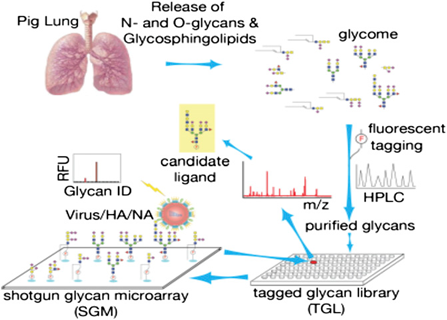Thanks to Amber Veverka for featuring Lab Land as part of the Charlotte Observer’s regular look at science-oriented blogs. I reproduce my responses here to add some links.
Describe the range of health science research you are covering on Lab Land – and a little bit about your intended audience.
Any intriguing idea emerging from basic or clinical biomedical research happening at Emory. The blog is aimed at people who are somewhat familiar with biological concepts, like graduate students, postdocs or science journalists.
What are some of the most exciting advances you’ve recently written about?
Here are a few!
*Neuroscientists found that a mouse can pass on a learned sensitivity to a smell to its offspring
*Cardiologists discovered that heart muscle cells in mice grow in a dramatic spurt after birth, with implications for the treatment of congenital heart defects.
*Some peoples’ brains produce something that acts like a sleeping pill, giving them hypersomnia. It’s not clear what this mysterious brain chemical is yet.
*Less invasive epilepsy surgery involving lasers; seizure control with fewer cognitive side effects
*Biomedical engineers are developing ways to prevent stem cells from being washed out of the heart Read more



